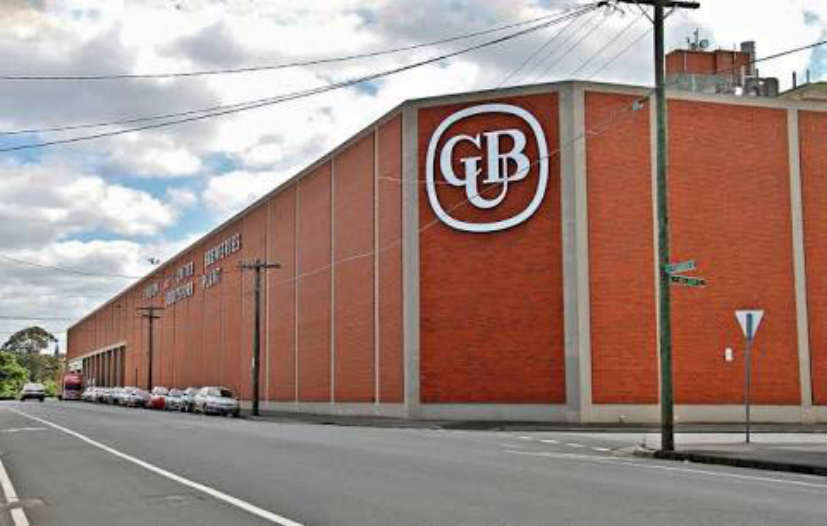CUB is adopting renewable energy as the way forward with the signing of a 12-year Power Purchase Agreement (PPA) with global renewable energy developer, service provider and wholesaler, BayWa r.e.
BayWa r.e. will provide 74,000 MWh per year of renewable energy, enough to power 7,500 homes, sourced from its solar farm in Mildura, Victoria.
CUB CEO, Jan Craps, said: “This represents an important step in CUB’s commitment to 100 per cent of its electricity being sourced from renewables. As one of Australia’s first and leading manufacturing businesses, we have a responsibility to ensure we play our part in tackling climate change and a range of environmental challenges.”
Construction of the 112 MW solar farm is underway and BayWa r.e. has already self-financed and constructed the 4km grid connection. It will be built by Melbourne-based Beon Energy Solutions.
Matthias Taft, Board Member of BayWa AG with responsibility for the energy business, commented:
“BayWa r.e. is delighted to be helping CUB to achieve its renewable energy goals.
“For BayWa r.e., the partnership with CUB represents another success in Australia. Since entering the market, BayWa r.e. is now active in solar and wind project development and the solar installer wholesaler market.”
CUB is also moving towards onsite solar generation, which will see solar panels on the roofs at each of its breweries.
CUB is absolutely committed to delivering on an ambitious environmental and sustainability agenda. Already its Yatala brewery is a world leader in water efficiency, and the move to 100% renewable electricity solidifies CUB’s sustainability commitment.
Mr Craps, said the company is reducing its environmental footprint while also gaining access to reliable and affordable power:
“Beyond our driving commitment to reduce our emissions, the investment also stacks up when you look at the reduced price we will pay to power our operations. Moving to renewable energy will ensure that we have certainty of supply and pricing, something that is incredibly important for a manufacturing business like ours.”
Sites will remain connected to the grid, allowing excess capacity to be fed back into the system.


